Here’s a foursome of quaffable wines—two from Italy and two from Portugal—than will go easy on the pocketbook, including three for under $10!
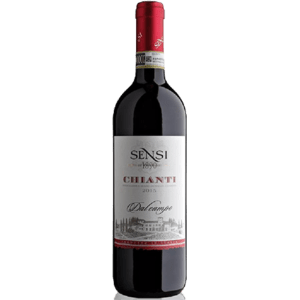 Sensi Dalcampo Chianti 2019 — Tuscany, Italy ($12.50)
Sensi Dalcampo Chianti 2019 — Tuscany, Italy ($12.50)
For those who admire the earthy, rustic, dry, tart character of the Sangiovese grapes grown in the Chianti region of northwestern Italy, this new-to-the-LCBO product is going to smell and taste a little plusher than they’re used to. However, its rich, spicy, plum-cherry fruit, coupled with medium tannins at most, should make it more universally appealing. And, in fairness, on Day Two, with this wine having had plenty of time to breathe, it happily proved a little less fruit-forward. And you can’t beat the price in this category. 87.5
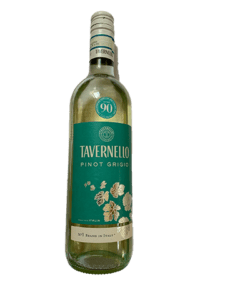 Tavernello Pinot Grigio della Venezie 2020 — Emilia-Romagna, Italy ($8.60)
Tavernello Pinot Grigio della Venezie 2020 — Emilia-Romagna, Italy ($8.60)
From the top-selling brand in Italy comes this light-on-its-feet Pinot Grigio, fresh on the shelves at the LCBO. It’s crisp and mineral, but the green apple element is a bit tart for my taste; its pear notes a bit underripe. Still, decent value at this price point. 86
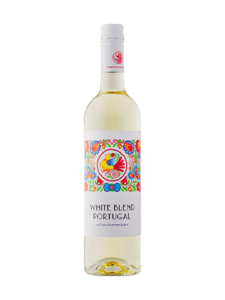 Casa Santos Lima White Blend Portugal — Lisboa, Portugal ($8.90)
Casa Santos Lima White Blend Portugal — Lisboa, Portugal ($8.90)
If ever there were a wine name that totally takes the guesswork out of what’s in the bottle and its place of origin, this would be it. Fortunately there’s a bit more inspiration going on inside the bottle, with the pale straw-coloured blend of multiple Portuguese grapes producing some tropical aromatics, leading with mandarin orange and lime. The blending work has also managed to soften the texture, allowing it to coat the palate and hang around for a decent finish, while still promising the sort of crisp nature you’d look for in a light white. Nice with salad, light pasta dishes or casual sipping. 87
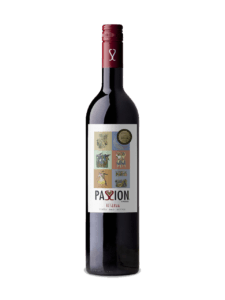 Casa Santos Lima Passion of Portugal Red 2018 — Lisboa, Portugal ($8.80
Casa Santos Lima Passion of Portugal Red 2018 — Lisboa, Portugal ($8.80
Looks good, smells good, tastes good. Great value to this medium-bodied Portuguese blend of Syrah, Tempranillo and Tinta Barocca! When you give the dark ruby contents a swirl, you should notice some distinct legs coating the inside the glass. Since there’s only 13% alcohol, there must be a little residual sugar content helping to create those legs—and there indeed is, 10 grams worth. That puts it at the bottom end of the dry spectrum, on the edge of off-dry. But a little bit of oak and an earthy, peppery quality (the latter likely from the Syrah) of the dark cherry/blackberry fruit holds the sweetness in check. 87
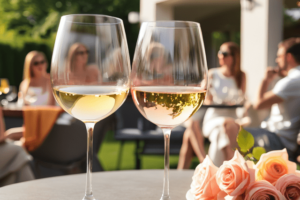
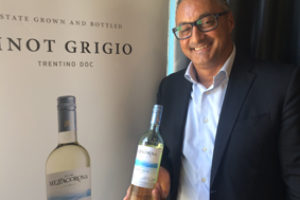
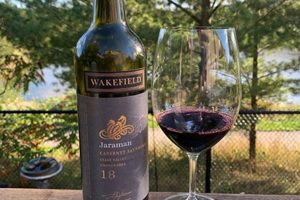

Leave a Reply
Your email is safe with us.